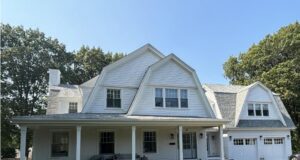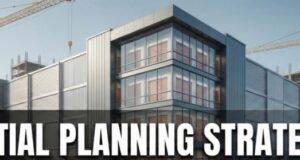NREL’s Enhanced Scenario Framework for Electricity Sector Analysis Provides Cost, Performance Data
ATB and Standard Scenarios webinar to be held on October 20
WASHINGTON, D.C. – October 20, 2015 – (RealEstateRama) — Projections of potential energy futures are highly dependent on the assumptions associated with specific technologies, market conditions, and energy policies. A new framework from the Energy Department’s National Renewable Energy Laboratory (NREL) that includes generation technology cost assumptions and an ensemble of future scenarios is being used to improve the robustness and comparability of electric sector analysis by the lab, academia and other entities in the energy analysis community.
NREL’s Annual Technology Baseline (ATB) and Standard Scenarios have been used to inform U.S. region inputs to the International Energy Agency’s (IEA) and Nuclear Energy Agency’s recent report on “Projected Costs of Generating Electricity – 2015 Edition,” as well as its ongoing World Energy Outlook analysis. The ATB is also cited in EPA’s final Clean Power Plan rule as a source, recognizing the ATB as a current, consensus source for renewable cost and performance assumptions.
“We are excited to see the uptake of these analysis products,” said Gian Porro, NREL’s laboratory program manager for analysis. “Together, the ATB and Standard Scenarios provide an enhanced framework for consistently assessing potential electricity sector futures as well as formulating and addressing new analysis questions.”
The ATB is a dataset that contains detailed current cost and performance data for renewable and conventional energy technologies, along with a range of projections bounded by published literature. The Standard Scenarios report is based on a diverse set of potential pathways for U.S. electric sector development over time, based on different assumptions about prices, policies, and other variables. In addition to reporting the numbers, NREL modeled the scenarios using the lab’s Regional Energy Deployment Systems Model (ReEDS), which produces a picture of the power system over time, including the evolving generation mix among technologies and its implications on electricity prices and carbon dioxide emissions.
Until the initial release of the Standard Scenarios and ATB, scenario design and the choice of related input assumptions were often specific to each study and might have been based on out-of-date information, especially in the rapidly evolving landscape of renewable energy cost and performance.
“By applying common assumptions and modeling scenarios across our many studies, our results should be more robust, more transparent, and more easily compared,” Porro said. “Keeping this information up to date helps ensure our analyses incorporate a realistic and timely set of input assumptions and consider a diverse set of potential futures. These same benefits can be realized by other analysts who apply the framework in their work.”
For more information, an ATB and Standard Scenarios webinar will be held on October 20 at 11 a.m. MDT. The webinar will describe the products in more detail, show examples of the products and their uses, and provide an opportunity to ask questions. Documents and supporting material are available online.
The Strategic Programs office within the Energy Department’s (DOE) Office of Energy Efficiency and Renewable Energy (EERE) funded the work. More than 20 experts from NREL, the national laboratory community, DOE, academia, and other stakeholder groups reviewed and helped shape the products of this effort.
NREL is the U.S. Department of Energy’s primary national laboratory for renewable energy and energy efficiency research and development. NREL is operated for the Energy Department by The Alliance for Sustainable Energy, LLC.
###
Visit NREL online at www.nrel.gov
















